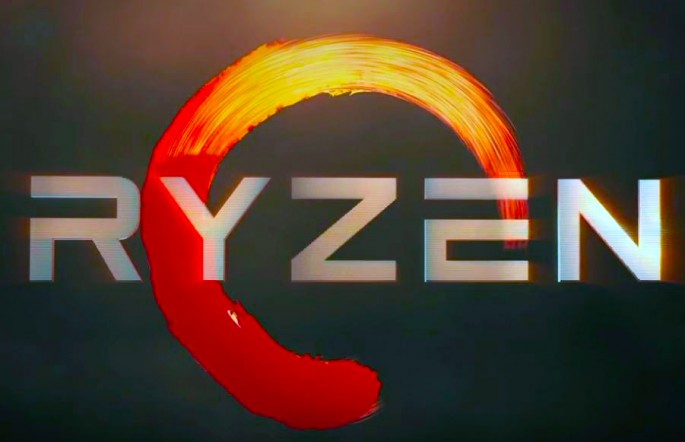AMD Ryzen is a product of so many engineering designs and focused execution. With its strategic release date and speculated price point, AMD is hoping to rise above Intel's dominance come 2017.
This 2017 might just be the game-changing point for AMD with its Ryzen CPU in the frontline. After several failed attempts to top the CPU market, Advanced Micro Devices might finally have its chance with their Zen based processor architecture that is rumored to be priced at around $500 to $800, according to PC World.
Moreover, the current market and consumer response from the recently concluded New Horizon event last December 13, 2016 somehow foreshadows the outcome of the hype and edgy marketing strategy of AMD. Consequently, with reports of AMD Ryzen 3.4GHz CPU outperforming similarly equipped $1,000 Intel Core i7-6900K, the future would then be bright for the Sunnyvale, California based company.
That being the case, big sales improvement in 2017 is to be expected for AMD, especially through their Zen based processors. Coupled with a strategic release period, AMD Ryzen will surely dominate next year's processor market, especially with their unique release setup. As per Seeking Alpha, desktop version will likely arrive in Q1 of 2017, while server version will be released in Q2 and H2 of 2017 respectively.
Under such circumstances, AMD has surely prepared itself as it would once again challenge Intel's dominance in the market. However, there is still no assurance on how the consumer will totally respond, especially that some of the features of AMD Ryzen remains elusive.
As of the moment, AMD has only revealed key features such as its 8-cores similar to that of the Intel i7-6900k and its much higher Base Frequency at 3.4GHz., 40% (even higher) IPC performance uplift, and improved better cache system, better core engine, and much aggressive clock gating with multi-level regions. Thus, giving some room for consumers to decide whether or not AMD is for them would they rather remain with Intel.



























